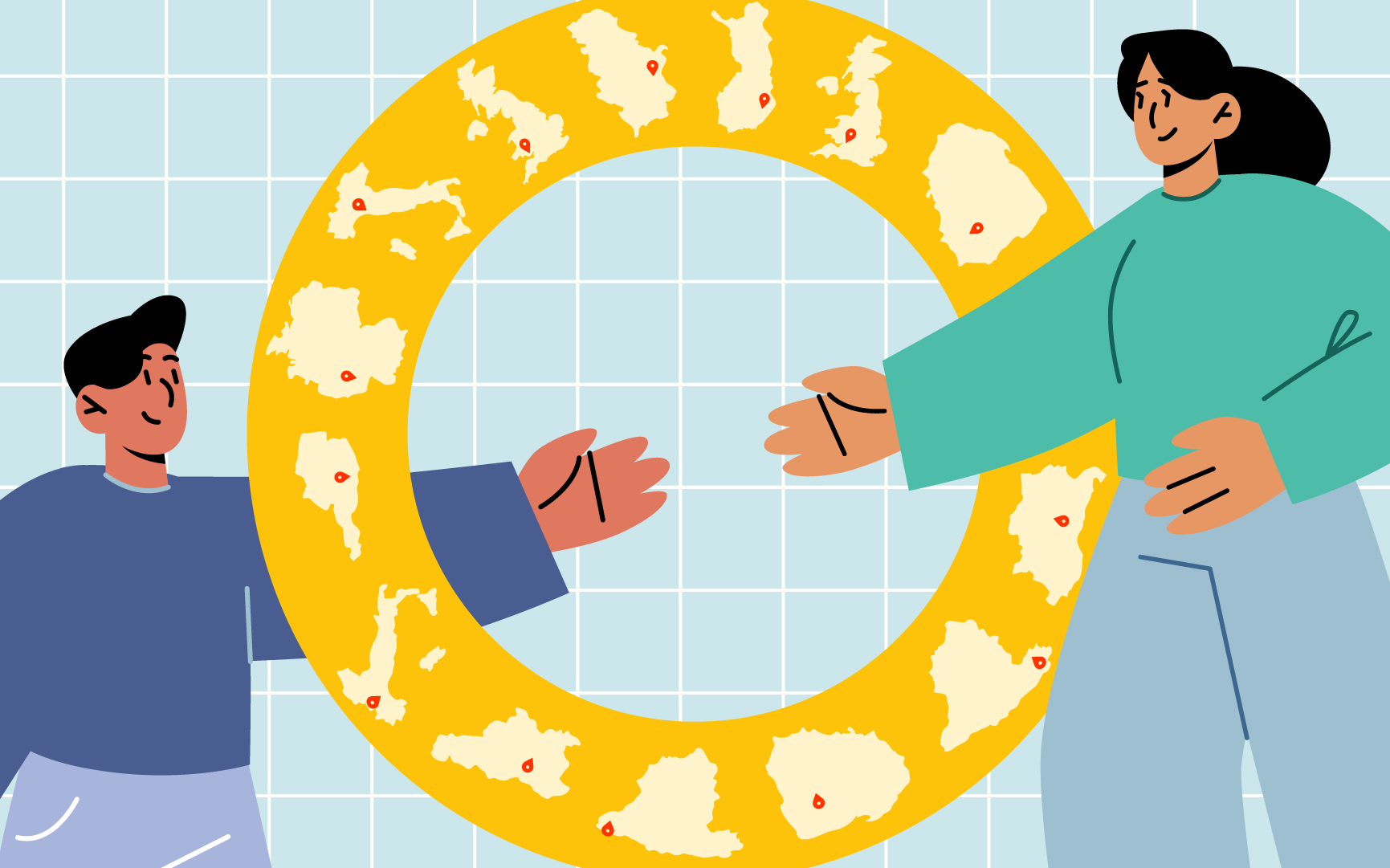
The RUSTIK project, initiated in October 2022, has been a dynamic journey towards understanding and enhancing rural areas’ resilience and sustainability across Europe. With its focus on Living Labs (LLs), RUSTIK aims to address various challenges faced by rural communities through innovative approaches and collaboration. A significant aspect that has come to light during this endeavour is the alignment of RUSTIK’s goals with the European Union’s Long-Term Vision for Rural Areas (LTVRA), the European strategy aimed at revitalizing rural regions. This article explores the intersections between the RUSTIK project and the LTVRA, shedding light on the contributions of LLs towards shared objectives.
Measuring the contributions of Living Labs: a survey
To gauge the extent to which LLs contribute to the overarching goals of the LTVRA, a survey was conducted by RUSTIK partners, including Euromontana and CCRI. The survey delved into the ten shared goals outlined in the LTVRA (see below), prompting LL Coordinators and Partners to assess their contributions on a gradient scale ranging from strong direct contribution to no contribution. The responses provided valuable insights into the alignment between RUSTIK activities and European policy objectives.
The 10 shared goals of the Long-Term Vision for Rural Areas: |
|---|
- Attractive spaces, developed in harmonious territorial development, unlocking their specific potential, making them places of opportunity and providing local solutions to help tackle the local effects of global challenges.
- Engaged in multi-level and place-based governance, developing integrated strategies using collaborative and participatory approaches, benefitting from tailor-made policy mixes and interdependencies between urban and rural areas.
- Providers of food security, economic opportunities, goods and services for wider society, such as bio-based materials and energy but also local, community-based high-quality products, renewable energy, retaining a fair share of the value generated.
- Dynamic communities focusing on well-being, including livelihoods, fairness, prosperity and quality of life, where all people live and work well together, with adequate capacity for mutual support.
- Inclusive communities of inter-generational solidarity fairness and renewal, open to newcomers and fostering equal opportunities for all.
- Flourishing sources of nature, enhanced by and contributing to the objectives of the Green Deal, including climate neutrality, as well as sustainable management of natural resources.
- Fully benefiting from digital innovation with equal access to emerging technologies, widespread digital literacy and opportunities to acquire more advanced skills.
- Entrepreneurial, innovative and skilled people, co-creating technological, ecological and social progress.
- Lively places equipped with efficient, accessible and affordable public and private services, including cross border services, providing tailored solutions (such as transport, education, training, health and care, including long-term care, social life and retail business).
- Places of diversity, making the most out of their unique assets, talents and potential.
While the survey aimed to capture the diverse contributions of the LLs, respondents encountered challenges in allocating responses due to the broad formulation and complexity of the LTVRA goals. LLs expressed difficulty in discerning the level of contribution, with some goals appearing more aligned with broader territorial scopes (NUTS2 for instance) and strategies (such as local action groups) rather than the geographical scope of the RUSTIK pilot regions.
“The goals are formulated very broadly, and it was difficult for us to determine the level of contribution.”
“The goals are actually mostly several goals in one, making replying to the survey a little ambiguous”
Extracts from open text replies of some Living Labs to the surveys
Additionally, RUSTIK LLs are each working on a particular transition challenge which they carefully chose during the first cycle of work after multiple consultations (for example, in the Garfagnana Living Lab in Italy, the transition challenge is: Harmonizing socio-economic regeneration with sustainable forestry practices to combat depopulation). The high rates of responses indicating limited and indirect contributions (blue and yellow as shown in Figure 1) underscore the multi-dimensional nature of the 14 different transition challenges picked by LLs.
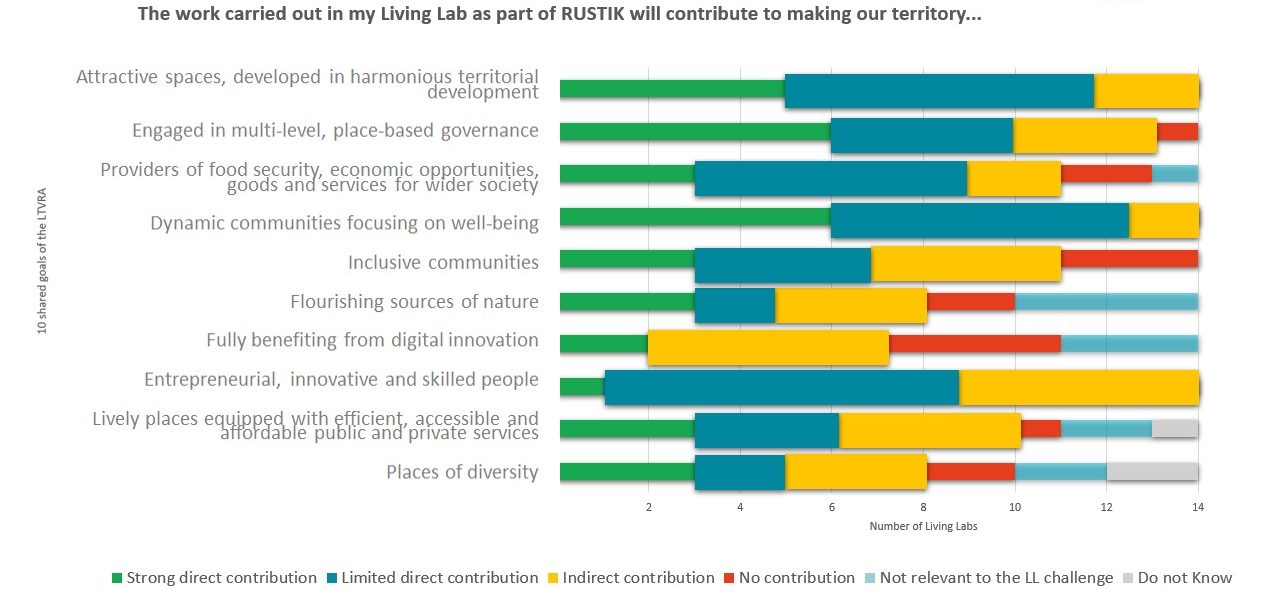
An alignment with LTVRA goals
The survey results show a significant alignment between RUSTIK activities and the LTVRA goals. All ten goals were covered by at least one strong contribution from an LL, highlighting the comprehensive nature of RUSTIK’s impact.
Nearly 80% of responses indicated direct or indirect contributions (in green, blue and yellow in Figure 2), demonstrating the collective effort of LLs towards fostering rural development in line with European objectives.

As shown in Figure 3, all LLs indicated that they contribute either directly or indirectly to three goals (related to attractiveness (1), quality of life (4) and innovation (7)), while the highest percentage of ‘no contribution’ responses were associated with goals related to digitalisation and inclusiveness (21% and 29% respectively).
This correlation reflects the strategic choices made by LLs when selecting the territorial challenges they would address during the project. Notably, a majority of LLs have chosen to address socio-economic transition challenges and only one LL has opted to focus on digital challenges in its forthcoming data experiments.
For instance, the LL in Osona (Spain) is focusing on “Improved territorial and urban planning to enhance the quality of life in Sant Miquel de Balenyà” and the Polish LL in Woj. Swietokrzyskie aims to contribute at “stopping and reverse unfavorable demographic processes, by increase the attractiveness of the place”. While the UK LL in Gloucestershire “[Addresses] the digital divide in rural communities” and strives to develop “a fine-grained community-level dataset to enhance digital connectivity and skills, ensuring no one is left behind in the digital era”. The objectives set by the LLs are described in more details in the deliverable 3.1 (First Living Lab Report).
It is important to highlight that the LLs which indicated they do not contribute to the goal of inclusiveness are prioritising technical solutions, such as Garfagnana’s focus on water management strategies. For some LLs who selected the ‘no contribution’ response, the significance of the inclusiveness goal may evolve during the course of the data experiments, with social dimensions potentially becoming more central than initially anticipated in facilitating a sustainable transition.

As LLs begin their data experiments in Cycle 2, the relevance and impact of their contributions are expected to evolve. The interest expressed by LLs in revisiting the survey post-Cycle 2 (in 2025) reflects a commitment to ongoing assessment and refinement of their contributions. Such dialogue and visibility between grassroots work and European policy-making is also essential in RUSTIK’s communication and dissemination efforts.
Matching ground and European level expectations
The European Commission recently released “The long-term vision for the EU’s rural areas: key achievements and ways forward”, which takes stock of what actions have been carried out since June 2021. The Commission report highlights that projects like RUSTIK will contribute to delivering on the Rural Vision in the long-term, which coincides with the partners’ perception reflected in our survey.
“The Commission will explore the possibility of a simple indicator system including relevant indicators for […] its 10 shared goals […]. [It will build, among others] on Horizon Europe projects working on improving rural data, such as RUSTIK […]. The indicators used should be available for the whole of Europe and help to periodically measure progress towards the rural vision up to 2040.”
To achieve this, RUSTIK’s partners are exploring new and diverse datasets to get a complete picture of rural dynamics in relation to their specific local needs. In January 2024, LLs entered Cycle 2 of their activities. After identifying how new ways of gathering, analysing and visualising data could better inform transition strategies in rural areas (Cycle 1), they are now testing how this works in practice. Their findings will be uploaded to a project database, which is expected to support a wave of strategic choices in rural policy making at the local level and contribute to the Commission’s reflection in future European level policy decisions, thus creating direct synergies between RUSTIK and the LTVRA.
What’s the LTVRA? |
|---|
The Long-Term Vision for Rural Areas is a 2021 initiative by the European Commission creating a new momentum for rural areas, which are home to 30% of the EU’s population. It follows a long-standing demand from the European rural civil society to design a real vision for rural Europe. It also builds on the new opportunities created by EU’s green and digital transitions and on the lessons learnt from COVID 19.
RUSTIK receives funding through a Horizon Europe call for proposals specifically designed to contribute to the LTVRA. Notably, the Action Plan appended to the LTVRA acknowledges the role of research and innovation in aiding rural areas in fulfilling the objectives of the Rural Vision. Consequently, a dedicated call for projects was issued under the Horizon Europe program, resulting in the initiation of both the RUSTIK and GRANULAR projects.

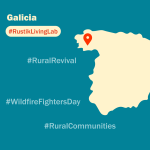
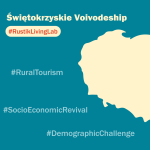
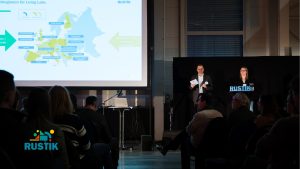

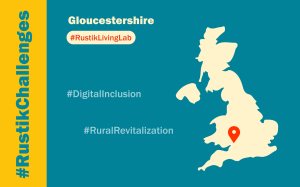

No comment yet, add your voice below!